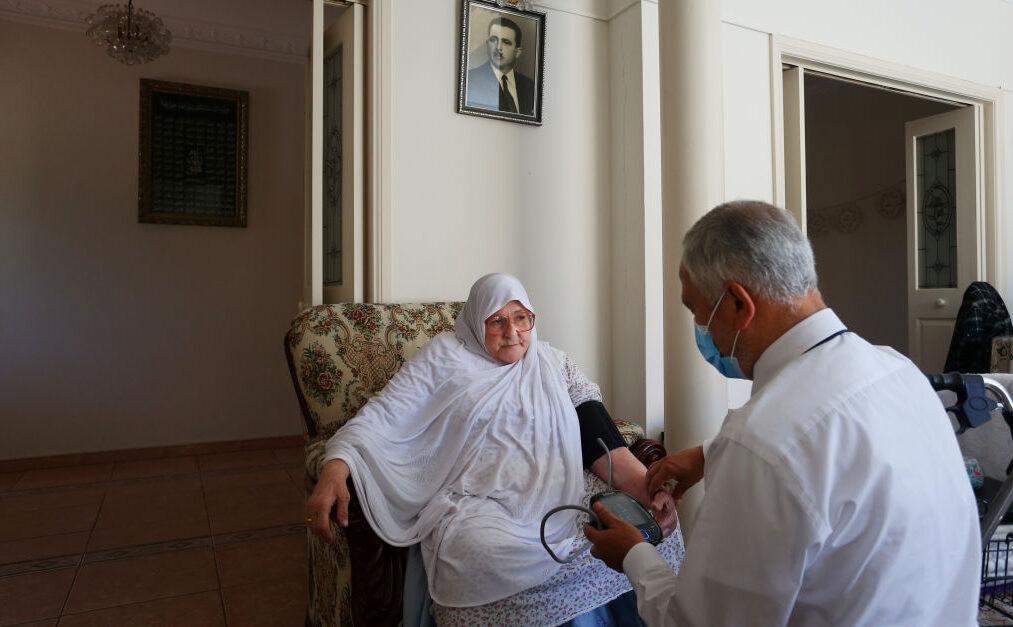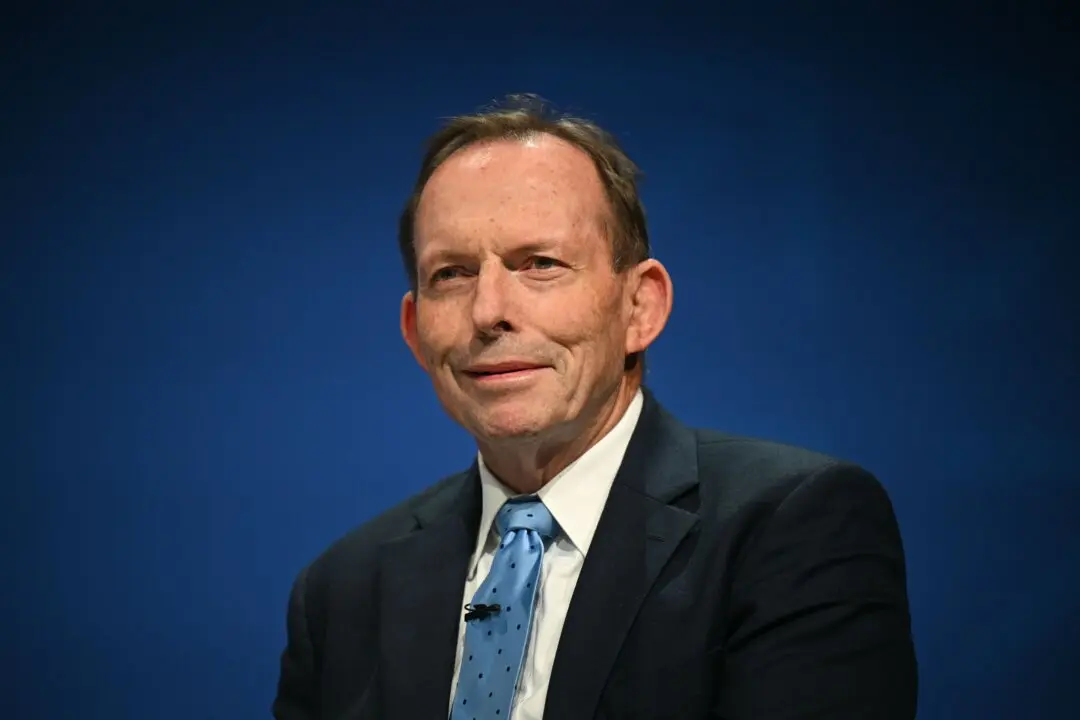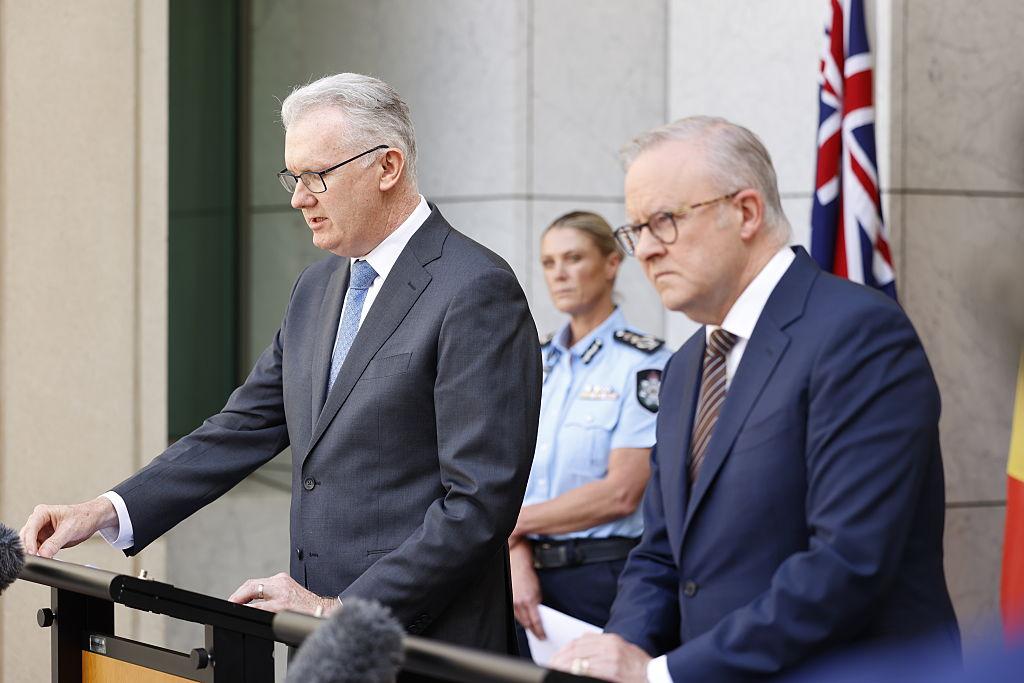The number of people in New South Wales delaying or avoiding visits to their GP has shot up by 246 percent compared to 2020, a study by the NSW Council of Social Service (NCOSS) has found.
In regional parts of the state, the number of people putting off specialist visits due to cost has increased by 202 percent, while in Greater Sydney, the figure stands at 62 percent.





